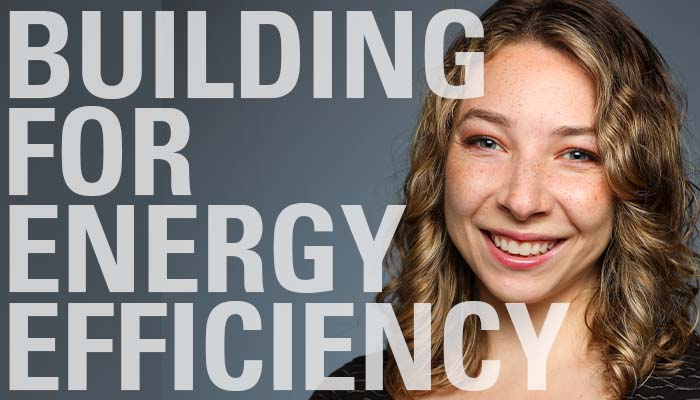Transforming a building lobby to be more appealing to tenants and visitors could change the space’s environment in unexpected ways. Window condensation could become a problem if proper planning is ignored. (Learn more about the condensation issues.)
In his latest column for Plumbing & Mechanical Engineer magazine, ESD Technical Director for Plumbing Engineering James Dipping teams up with a plumbing industry research expert to advance best practices for commissioning water quality and safety within the built environment.
“James Dipping and Molly Scanlon: 5 tips for deducing Legionella risk” reviews how paying close attention to water management, especially during the construction and commissioning phases of a building, can be key to mitigating waterborne health threats. Topping the list of the five tips is to conduct a water safety risk assessment. Dipping says pre-design, even immediately before construction is essential to determining:
- Building water distribution systems (BWDS) construction activities and scope of work
- Building occupant construction exposure risk; and
- Determine a water management for construction (WMC) risk mitigation plan with hazard control activities (such as flushing, temperature checks, and disinfection protocols).
According to Dipping, construction activities since 1965 have been linked to Legionella outbreaks in community and healthcare settings. He says among the nine known construction activities contributing to this problem are excavations, demolition activities, and improper application of efficiency design.
James Dipping brings more than two decades of experience to his role as technical director, plumbing engineering. He freely shares his knowledge with other industry professionals to further ESD’s mission to improve society through the built environment.
For more information on how our engineers can help with your project or how plumbing engineering may impact your facility, reach out to ESD’s Plumbing Engineering team.




